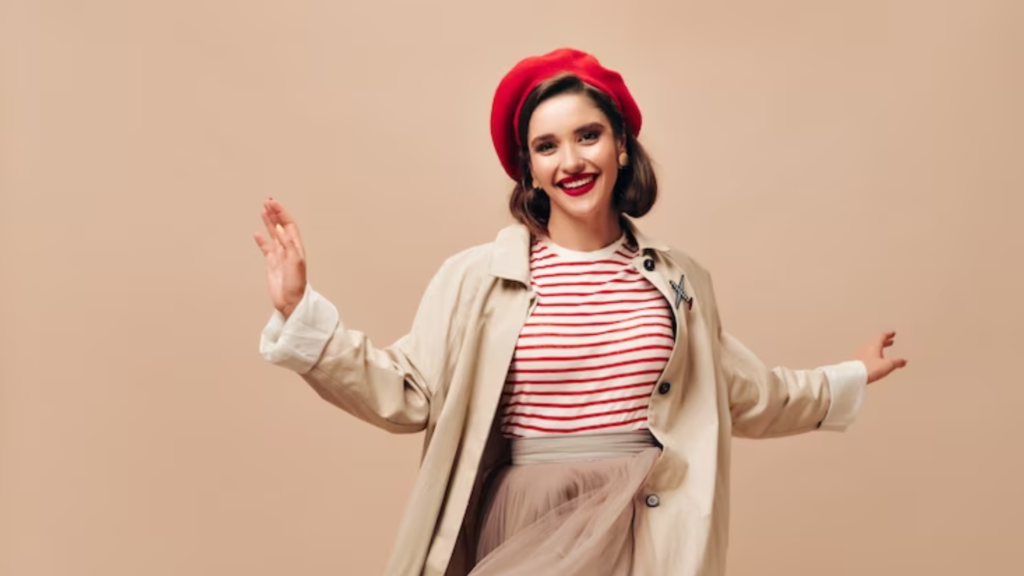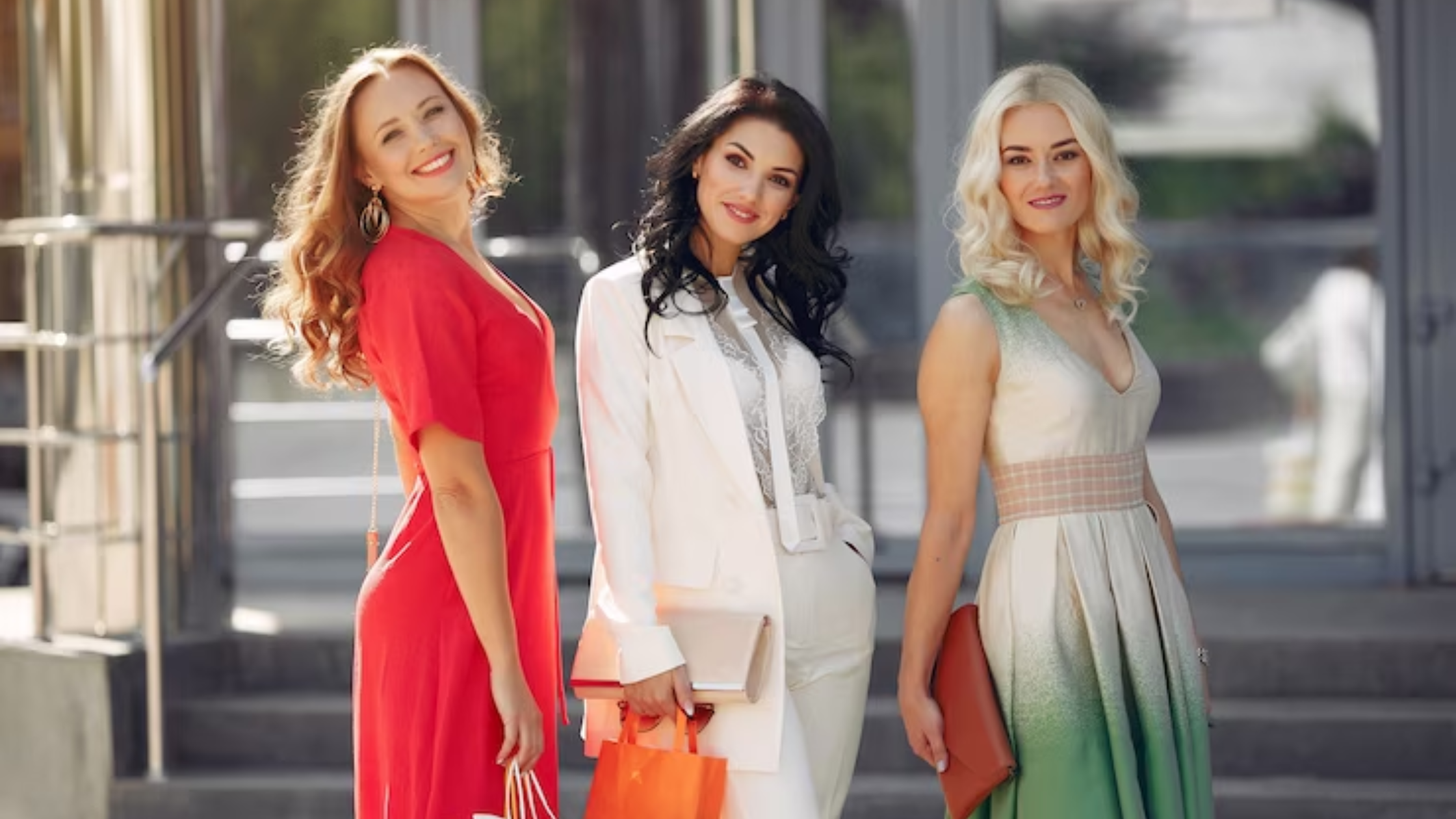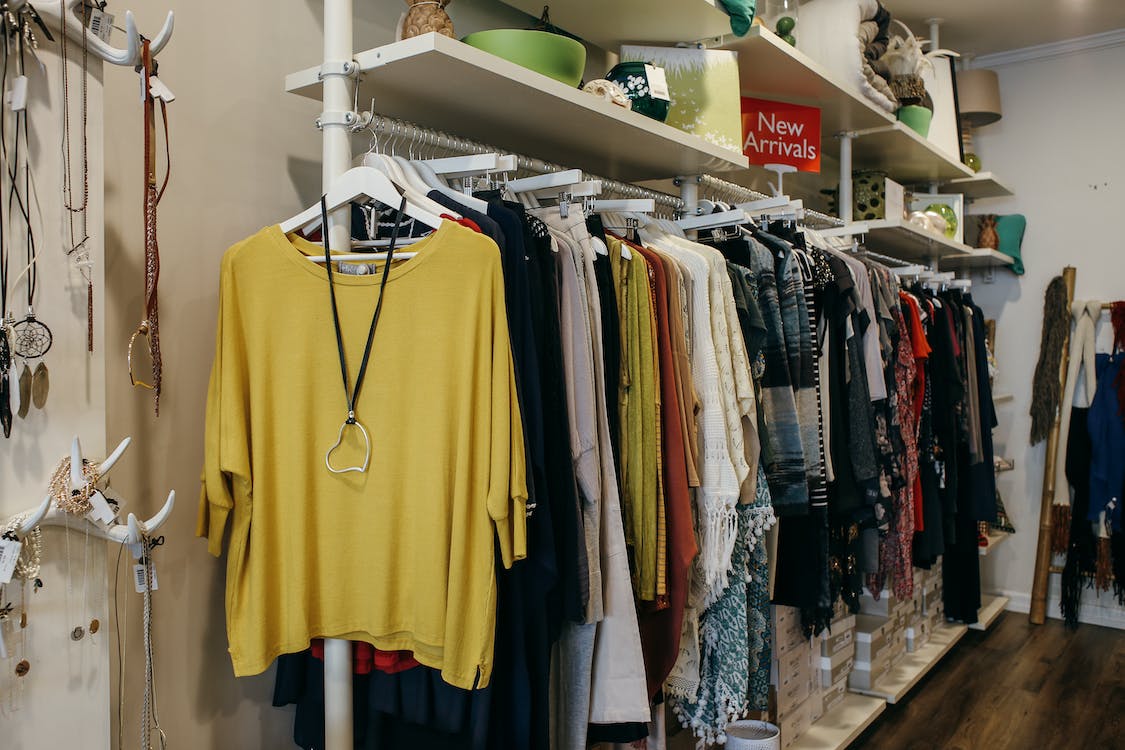The world of fashion is ever-changing, encompassing a vast array of styles, trends, and influences. To better understand this diverse world of clothing and personal expression, it’s helpful to categorize fashion into distinct groups. While fashion categories can vary depending on the perspective, there are three primary classifications that serve as a foundation for understanding the industry.
1. Haute Couture
Definition: Haute couture, often referred to simply as “couture,” represents the highest level of craftsmanship, luxury, and exclusivity in the fashion world. The term “haute couture” is French for “high sewing” and refers to custom-made garments created by skilled artisans.
Key Characteristics:
- Bespoke: Haute couture pieces are tailor-made for individual clients, ensuring a perfect fit and personalized design.
- Artistic and Innovative: Couturiers push the boundaries of fashion through creativity and experimentation.
- Limited Production: Haute couture collections are produced in limited quantities, making them highly exclusive and sought after.
- High Quality: The craftsmanship and materials used in couture garments are of the utmost quality.
Examples: Prominent couturiers include Chanel, Dior, and Givenchy. Fashion houses like these create exquisite one-of-a-kind gowns and ensembles for red carpet events and elite clientele.
2. Ready-to-Wear (Pret-a-Porter)
Definition: Ready-to-wear, often abbreviated as RTW or pret-a-porter (French for “ready to wear”), refers to clothing lines that are designed and produced for mass consumption. These collections are available in various sizes and can be purchased off-the-rack in stores or online.
Key Characteristics:
- Mass Production: RTW collections are manufactured in larger quantities to cater to a broader audience.
- Standard Sizing: Garments come in standard sizes (e.g., XS, S, M, L) to accommodate a wide range of consumers.
- Affordability: RTW is generally more affordable than haute couture due to streamlined production processes.
- Seasonal Collections: Fashion brands release new RTW collections each season, reflecting current trends and styles.
Examples: Brands like Zara, H&M, and Gap are known for their ready-to-wear lines, offering trendy and accessible clothing to a wide customer base.

3. High Fashion (Prêt-à-Porter)
Definition: High fashion, or prêt-à-porter (French for “ready to wear”), represents a category that falls between haute couture and ready-to-wear. These collections are designed with a higher level of creativity and craftsmanship than standard RTW but are produced in larger quantities and made available to a broader consumer base.
Key Characteristics:
- Design Innovation: High fashion collections often feature innovative designs, unique silhouettes, and creative use of materials.
- Quality Craftsmanship: While not as individually tailored as couture, high fashion garments maintain a higher level of craftsmanship and quality.
- Wider Availability: High fashion pieces are more accessible to consumers than couture but still offer a degree of exclusivity.
- Seasonal Collections: Like RTW, high fashion brands release seasonal collections that reflect current trends.
Examples: Fashion houses like Gucci, Prada, and Balenciaga fall into the high fashion category, offering a blend of creativity and accessibility to fashion-forward consumers.
These three main fashion categories provide a framework for understanding the diverse world of clothing and design. While haute couture embodies the pinnacle of luxury and exclusivity, ready-to-wear and high fashion cater to broader audiences, offering a spectrum of style choices to consumers around the world. Each category contributes to the rich tapestry of the fashion industry, ensuring there’s something for everyone to express their unique style and personality.


